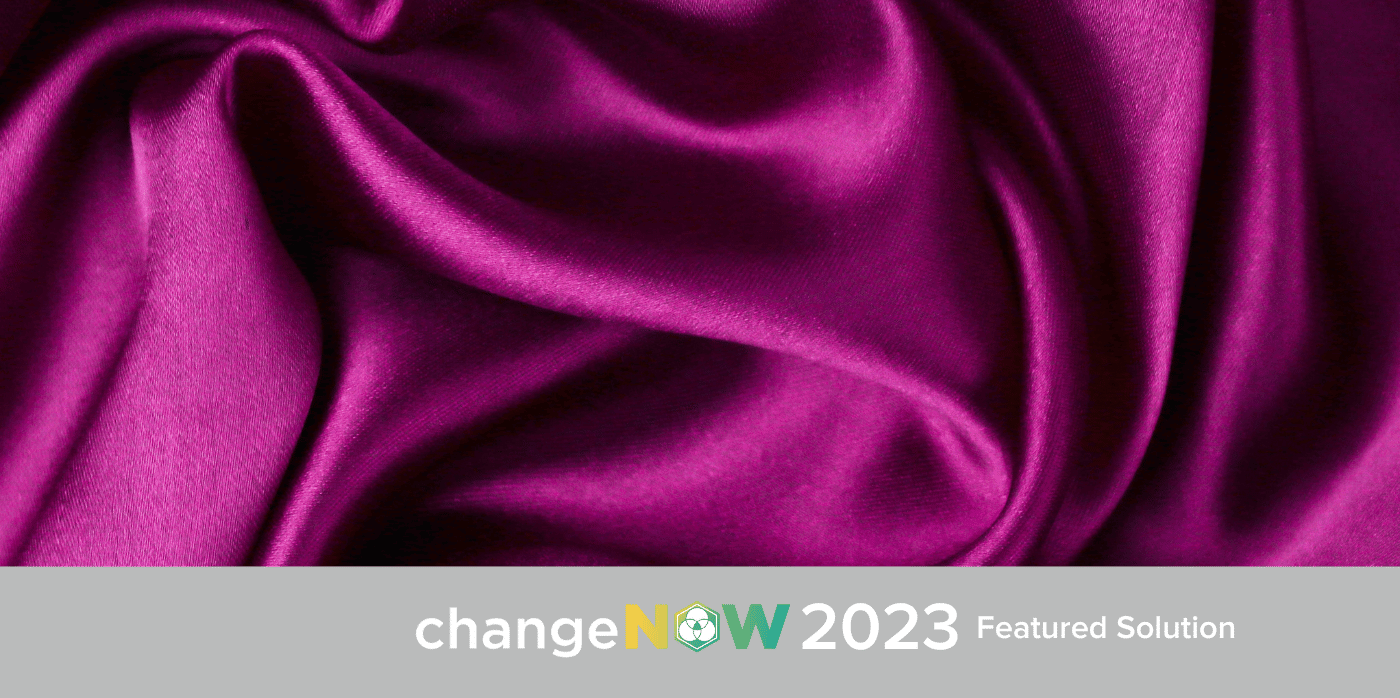
Spotted: Silk production is a multi-billion-dollar industry, but silk still only makes up under 0.2 per cent of the global fibre market. While natural silk is considered a more sustainable fibre than synthetics because of its biodegradability and renewability, silkworm disease and the increased availability of cheaper manmade alternatives have hit the industry hard in recent decades.
Hoping to revolutionise the silk industry and expand the material’s capabilities is Parisian-based company Sericyne. With its patented technology, Sericyne’s silkworms can directly produce many different shapes instead of cocoons.
Before they arrive in the factory, Sericyne’s silkworms are raised for 30 days by local silk growers. In the factory, the silkworms are placed on moulded supports, where they spin silk into the two or three-dimensional shapes on which they are placed. The 100 per cent natural material produced and collected is a shiny and non-woven fabric. And because each fibre spun is approximately one kilometre long, the final product is also extremely strong.
Sericyne’s craftsmen then harvest this silk, which can then be dyed, embroidered, pleated, hot stamped, or embossed to enhance its appearance. On its website, the company offers a range of products, from beauty items to candle holders and soft bedding.
The company has reignited sericulture in France and has trained more than 15 silkworm breeders and is also launching a mulberry plantation programme to revive the industry – with mulberry leaves being the sole nutrition source for silkworms.
The textiles industry is a hub of innovation. Springwise has also spotted a silk-based alternative that is biodegradable, safe to digest, and easily manufactured, as well as a new technology for creating natural fibres.
Written By: Anam Alam

